

This has been another important year for the exploitation of the supercomputer services at RAL. The IBM 3090/600E has been extensively used under the joint study agreement with IBM by SERC grant holders and by the special strategic user programme. The mid-point of the joint study was marked by a highly successful seminar introduced by Lord Tombs of Brailes highlighting the importance of supercomputing in industry.
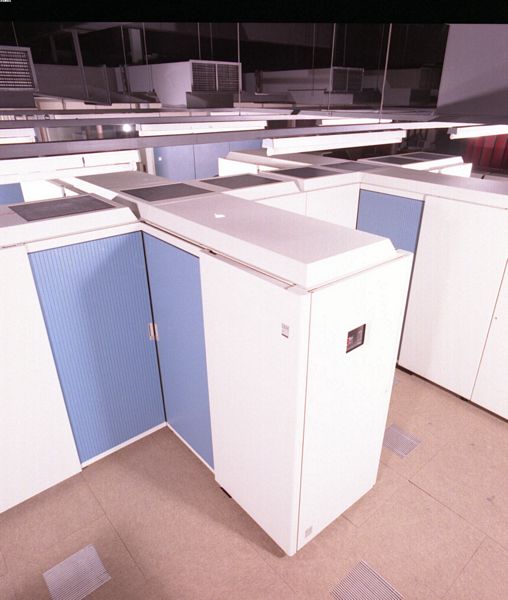
The Joint Research Councils Cray X-MP has been upgraded from /48 (8 MWord memory) to /416 (16 MWord) as a result of an agreement with Cray Research involving use of the machine for bureau services. The operating system on the Cray X-MP has moved to UNICOS in anticipation of a much more interactive style of supercomputer usage.
State-of-the-art scientific computing has been supported by development of improved networking, graphics, databases and other information services.
The mid-point of a two year joint study programme with IBM was marked by a seminar called to highlight the increasing importance of numerically intensive computing to UK industry. The meeting was introduced by Lord Tombs of Brailes, the chairman of Rolls Royce plc, and attended by 200 industry executives and academics.
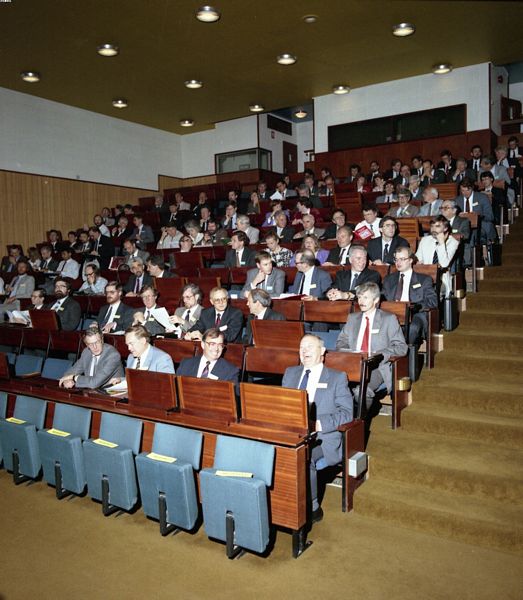
The supercomputer modelling is in two parts. The activity of the drug molecule depends on predictions of its binding energy into the substrate and the selectivity is determined by its redox potential which is calculated from computer intensive molecular dynamic simulations.
The timetable of the meeting allowed just four presentations from strategic users, reporting on only their first year's work:
• Dr Graham Richards (Physical Chemistry Laboratory, Oxford) is using supercomputers to design anti-cancer drugs which are more specific in attacking only cancerous cells. Cancer cells, particularly in solid tumours, have a reduced blood supply and a consequently lower level of oxygen. The aim is to design a drug molecule which will exist in an oxidised form in healthy cells, in a reduced form in cancer cells and will only be biologically active in its reduced state.
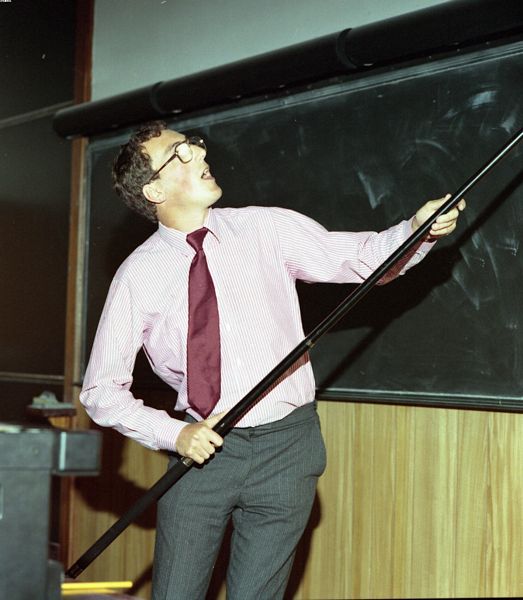
Current work centres around variants of the drug methotrexate which binds to dihydrofolate reductase (DHFR) and prevents cell division. A variant of the drug with hydroxyl groups replacing amino groups is shown in Fig 5.1 in its oxidised and reduced forms. This work is attracting much attention in the pharmaceutical industry in the anticipation that variations of this technique will produce more effective cancer treatment.
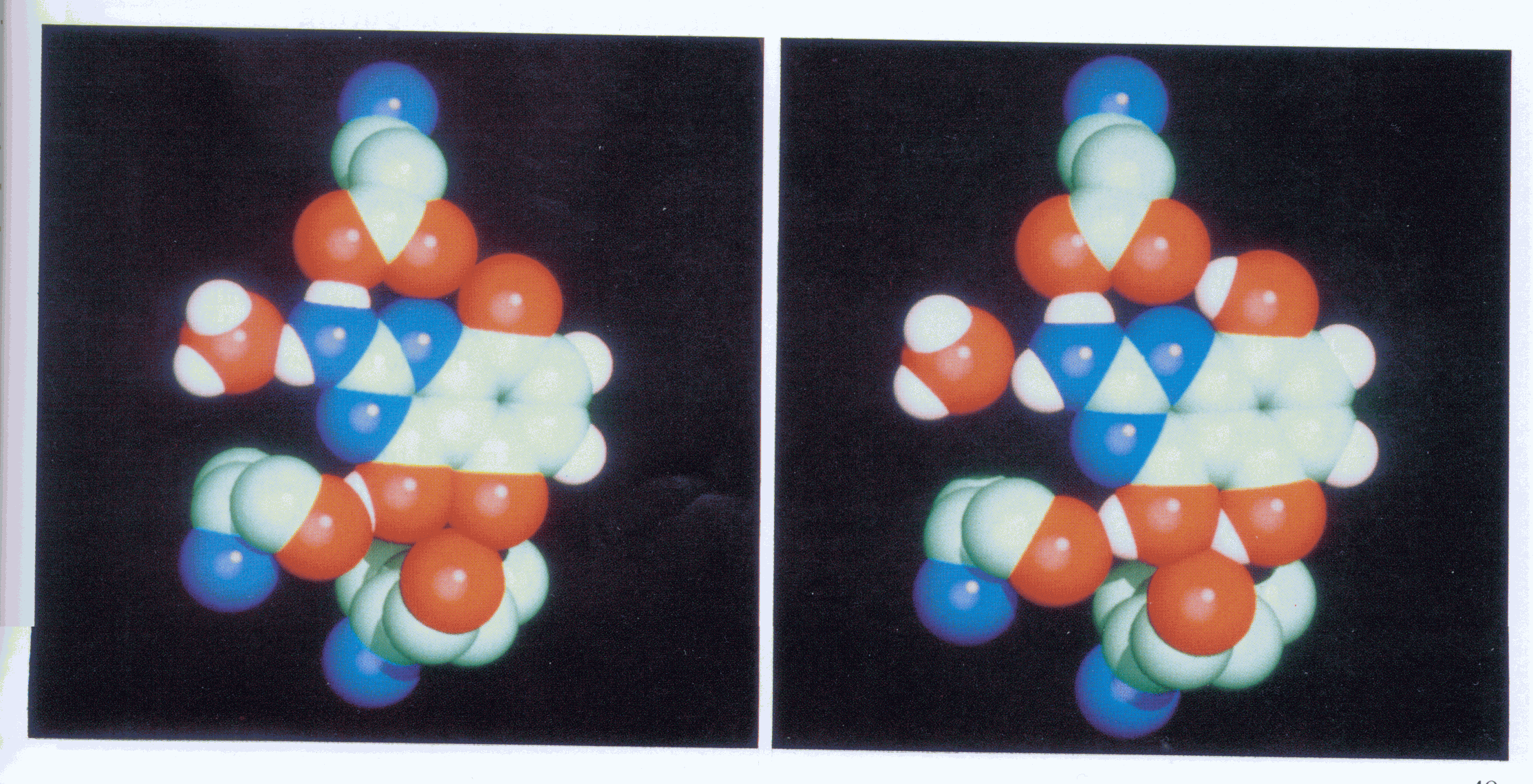
• Prof Ken Morgan (Aeronautical Engineering, Imperial College) is one of the world leaders in the application of unstructured 3D meshes to high speed compressible fluid flow. The unstructured mesh, based on tetrahedra rather than octahedra (in two dimensions, triangles rather than quadrilaterals) gives much more flexibility in mesh generation and is easily extended to adaptive meshes when necessary.
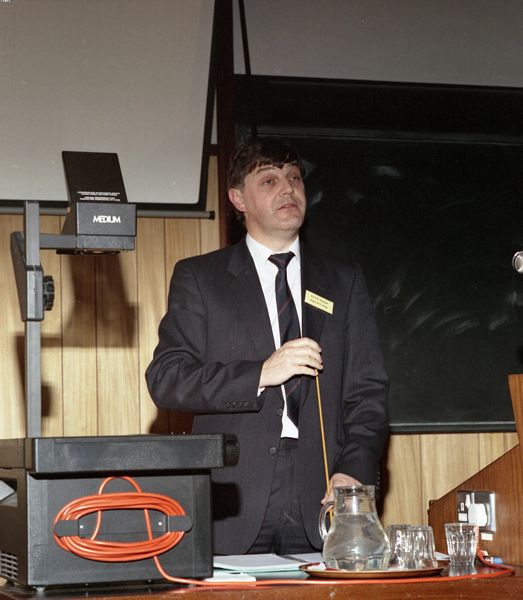
The IBM 3090 work also has support from British Aerospace. It involves developing a new three dimensional, compressible, viscous flow model with particular attention to the accuracy of the results obtained with more sophisticated flow solvers. The simulation in Fig 5.2 of the flow past the ONERA M6 wing at M = 0.8 and a = 3.06° is compared with measured data and shows good agreement. Even with a relatively coarse mesh of 42410 grid points the calculations take 15 hours of CPU time.
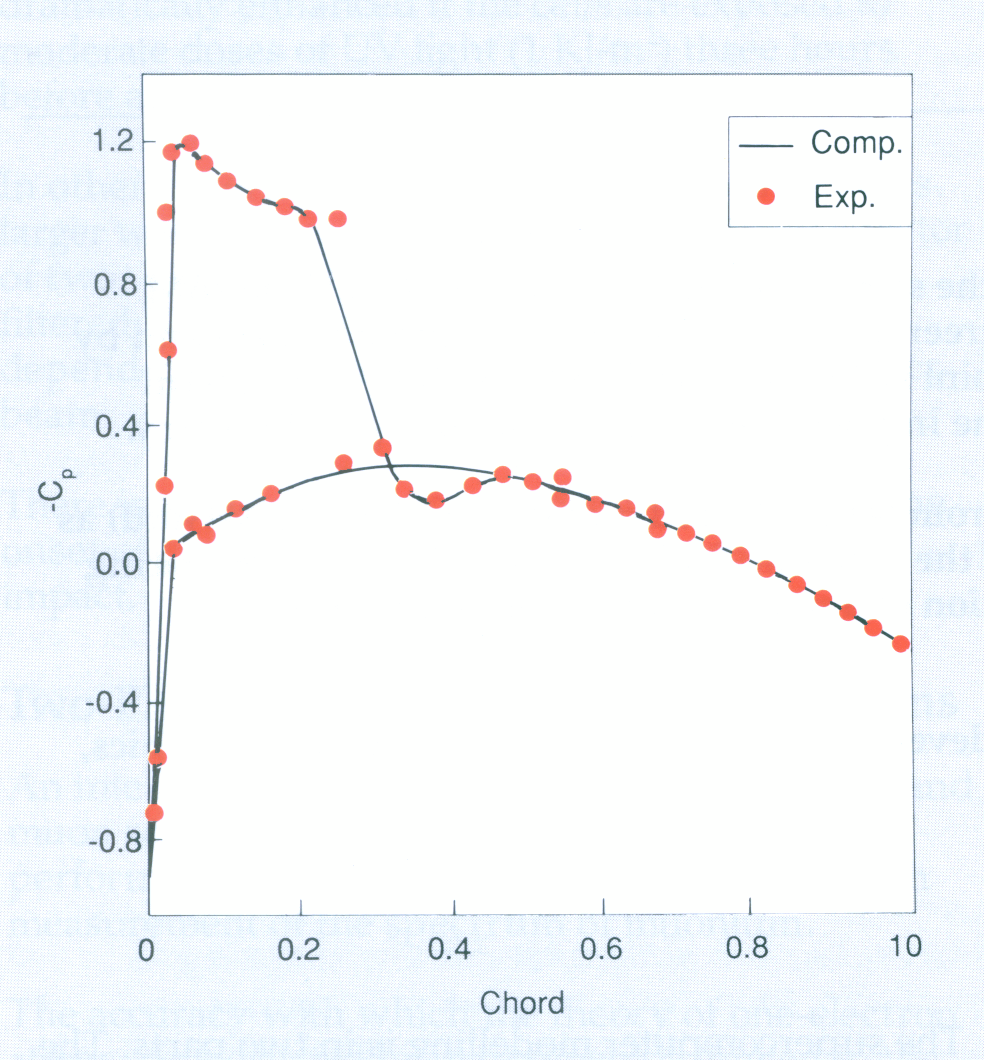
• Work at SIRIUS (Structural Integrity Research Institute of the University of Sheffield) by Prof Bruce Bilby and others studies the processes of crack growth and failure of high strength steels. The simulation requires an extremely high resolution around the crack tip and builds on constitutive relations describing the elastic-plastic deformation. The model requires calibration against experiment for simple geometries and then may be applied to more complex situations.
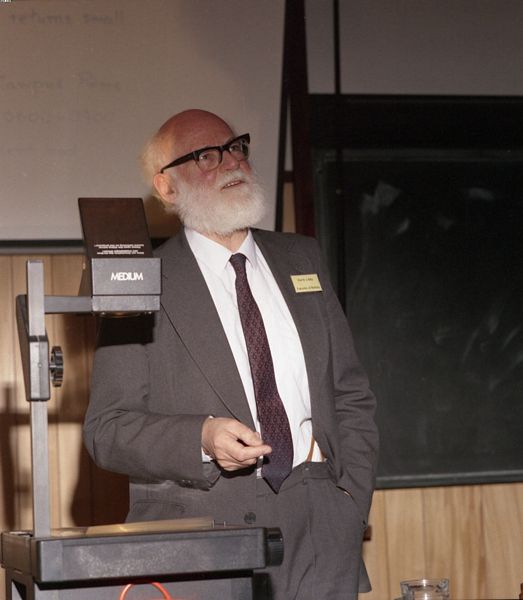
• Ross Bollens of the Physics Department at UCLA is working in collaboration with RAL and others on simulation of the AMPTE satellite barium release experiment (the artificial comet). These magnetohydrodynamic simulations are the largest computer models ever run at RAL and have modelled the apparently anomalous expansion direction of the barium plasma, driven across the Earth's magnetic field by the action of solar wind particles. One of the early results of this simulation was shown in the 1989 Report.
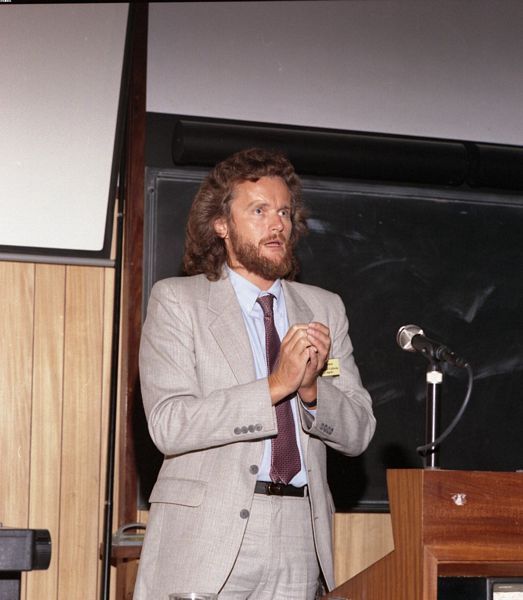
The IBM 3090/600E also provides a major computing resource to SERC grant holders and to major projects within the Board areas such as RAL's Central Laser Facility. By far the largest use of the 3090 is in support of the ALEPH, DELPHI and OPAL particle physics experiments on LEP.
The Joint Research Councils Cray X-MP/48 has been upgraded to a /416 with 16 MWord of main memory and the fast secondary storage (SSD) has been enlarged from 32 to 128 MWord. The increased main storage, funded through an agreement with Cray Research that a few percent of CPU time be made available to bureau customers, goes some way to alleviating the memory limitations of what is now a four year old machine. There is considerable demand from the research community for an up to date supercomputer and submissions have been made to the Department of Education and Science for future funding in this area.
Users of RAL were well represented in the annual Cray Gigaflop Awards for the fastest running real application programs on Cray hardware. Stephen Wilson of RAL working with Vic Saunders from Daresbury Laboratory and David Moncrieff of Florida State University achieved the remarkable speed of 2.229 Gflop on a Cray Y-MP/8. Their code, using many body perturbation theory to calculate fourth order correlation energies allows efficient parallelisation with each task being well vectorised. Alan Davies and Roman Grzonka of NERC's Proudman Oceanographic Laboratory achieved 1. 768 Gflop on a Cray Y-MP/8 with a three dimensional shallow sea simulation and Walter Temmerman of Daresbury Laboratory, together with collaborators in the USA, achieved 1.509 Gflop on a quantum mechanical calculation of the band structure of a Perovskite superconductor.
In addition to the need for more supercomputing speed and memory there is a strong trend now towards interactive supercomputing based around variations of the Unix 1 operating system and more functional networking to remote Unix workstations. During 1990 the Cray X-MP moved from the old batch operating system COS to UNICOS, the Cray version of Unix. The change was not without some difficulty but the system now runs reliably and provides more CPU time to the users than under COS.
To support the increased functionality needed from networking, RAL staff have been very active in evaluating the routing of the US developed TCP/IP communications protocols over the JANET X25-based network. The TCP/IP suite offers greatly increased functionality and, because of its wide ranging international use, is well supported by manufacturers. Routers, allowing the use of TCP/IP over X25, can make efficient use of the underlying network bandwidth (up to 85%) and will allow the use of advanced protocols such as the graphics X-windows standard, the NFS file sharing system and more integrated distributed processing. NFS and X-windows are currently available over the TCP/IP link to Daresbury Laboratory and should be available to trial university sites in early 1991.
In April 1990 four members of the Numerical Algorithms Group at AEA Technology, Harwell transferred to RAL. The acquisition of this internationally respected group is a major boost to SERC effort in support of advanced research computing.
The major activity is development of fast and robust linear algebra routines, particularly in the area of sparse matrix methods. Support is provided for the Harwell Subroutine Library and in conjunction with NAG, Oxford for the Sparse Matrix Library.
Two particularly important projects this year have been the development of LANCELOT (Large and Non-linearly Constrained Extended Optimisation Technique) which is a major new code for the optimisation of very large systems with possibly 10,000 variables and the new library routine MA27. MA27 is a multifrontal code for the direct solution of sparse symmetric systems of linear equations. Unlike its predecessors, MA27 can handle non-definite problems and is eagerly awaited by the optimisation community since one of the requirements to implement Karmarkar's algorithm is the solution of a sparse non-definite linear system at each step.
The major systems development on the Cray X-MP has been the introduction of UNICOS together with support for the user filestore on the Storagetek STK4400 and Masstore M860 tape robots. On the IBM 3090 system development effort has gone in to enabling the very large strategic user jobs, some over 900 MByte in size, to run alongside the routine batch and interactive users.
A transparent tape staging system has been developed which now gives rapid access to the large number of user data tapes at RAL. This has been necessitated by a rapid increase in particle physics data held at RAL and users' need to scan easily very large quantities of data.
Rapidly increasing demand has required the facility to be upgraded with a more powerful processor and a digital video disk capable of storing 30 seconds of video images before recording on to tape. Several important video sequences have been made, the results being shown at international conferences on the environment and also being used by BBC and independent programme producers. In addition to the oceanographic model (FRAM), the UK Universities Global Atmospheric Modelling Project (UGAMP) (Fig 5.3), mechanical engineers, laser physicists and MIT's Industrial Ecotechnology Research Centre have used the system to understand their models and present their results to others.
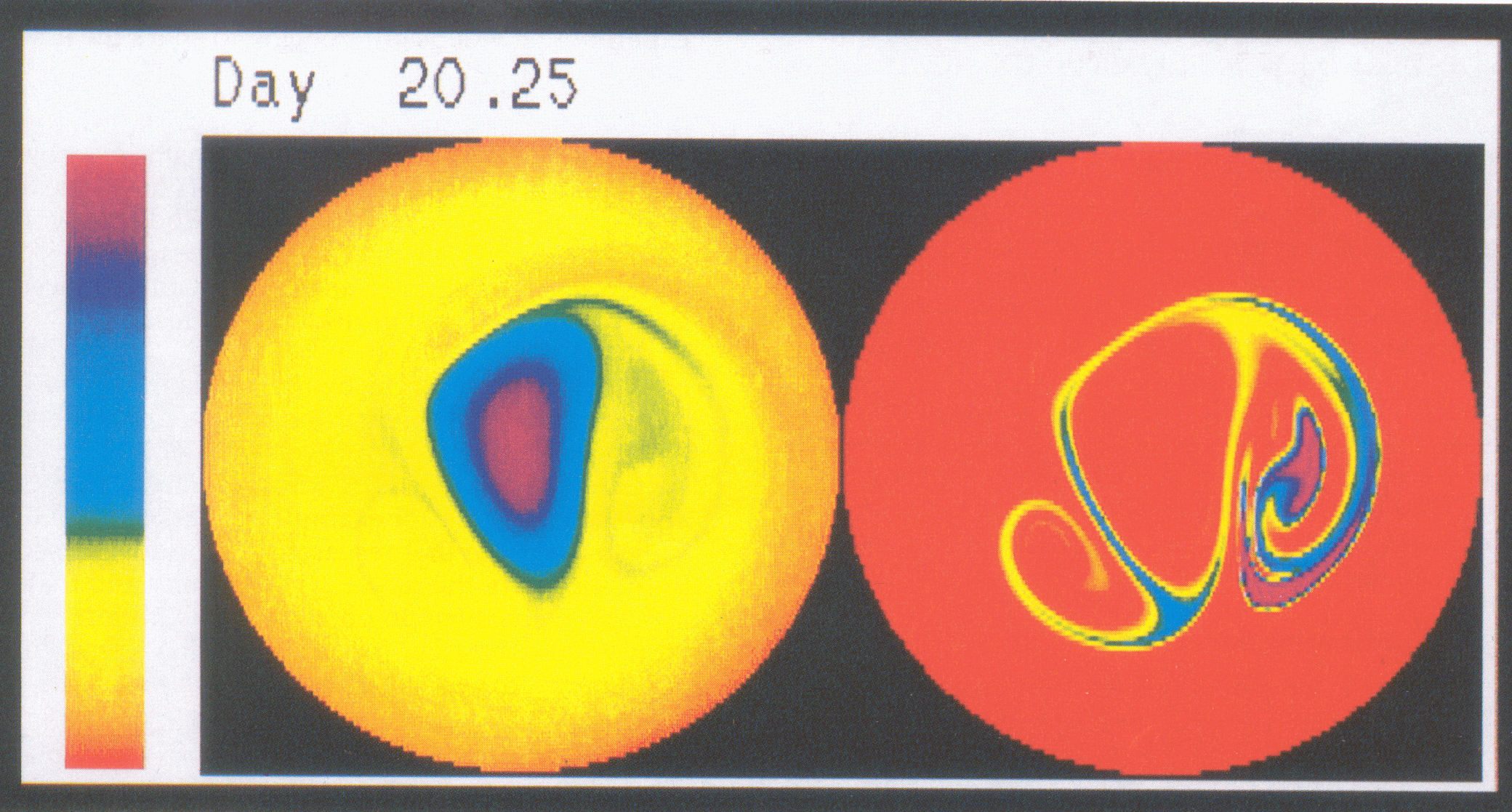
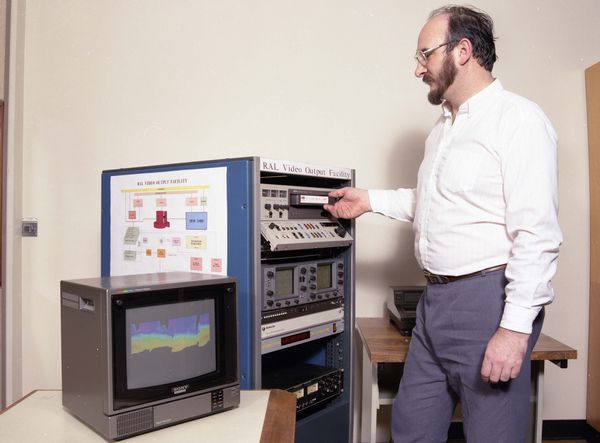
The software which most commonly drives the video facility is based on general purpose software for the processing of standard Computer Graphics Metafiles (CGMs, ISO 8632). This was developed at RAL and during the year has been significantly extended to provide viewing and plotting facilities for industry standards such as PostScript and X-windows. RAL is making this software freely available to the UK academic community.
Following last year's installation of UNIRAS version 5.4, this powerful system for the presentation of results in pictorial form has been upgraded to version 6.1F on almost all SERC computers. The new release supports standard file formats (PostScript, CGM), vastly increases the interactive aspect of the system and provides a uniform interface to all the interactive programs.
A new initiative this year has been participation in a contract awarded by ESA to RAL and Sheffield University for specification of a space physics query language and correlation environment for the European Space Information System (ESIS), an ambitious distributed inhomogeneous database project aiming to provide easy access by researchers to astronomy and space physics data archives in several countries. This work builds on RAL's continuing involvement in implementing and supporting scientific databases. These include collaboration in the Geophysical Data Facility and World Data Centre, plus enhancement of the AMPTE database with new and revised datasets.
A catalogue of research projects supported by the Research Councils of eight countries is being set up as a heterogeneous distributed database. It will be made available to academic organisations in each participating country. The countries involved are Canada, France, Germany, Italy, Japan, Sweden, UK, USA. The first exchange of data began this year and the database will be available in the UK early 1991.
PROFOUND has been developed under a contract with Harwell Computer Power. It combines the PROFS functions for document handling with the powerful searching capabilities of STATUS. It is being used for Committee and Council papers etc.
The RAL implementation of the Swindon Grants decision support database (GRANTDSS) has already had 150 users making about 3750 queries during the year. The RAL Financial Data System (FDS) continued in popularity with about 20,000 accesses from 600 users.
The Office Systems based on the IBM Professional Office System (PROFS) has grown in all respects over the year.
| 1989 | 1990 | Change | |
|---|---|---|---|
| User Population | 1000 | 1200 | 20% |
| Transactions/day | 5000 | 6000 | 20% |
| Users active/day | 200 | 400 | 100% |
Some notable achievements have been:
The Joint Network Team (JNT) is responsible to the Computer Board for Universities and Research Councils for the JANET network and the associated technical development programme. Some of the highlights of the work undertaken by the JNT are described here.
The JNT launched a major initiative to establish the Super JANET network which is aiming to provide the UK academic community with a very high performance networking infrastructure for the coming decade, and which is able to support a new range of applications in the research and education sectors. This will build on the achievements of the present JANET Mk II programme which provides the UK with the most advanced nation-wide research network in Europe, with a target of 2 Mbps access to every university. JANET is now linked to the US Internet by a 0.5 Mbps 'fat-pipe', shared with other research sectors in the UK, which as well as supporting conventional applications has permitted experimental video conferencing to share the link.
The next phase of the JNT's OSI Transition is now being planned, as the network itself is now able to offer what is known as Connection Mode Network Service (CONS). The necessary converters for electronic mail and file transfer are at an advanced state of development or under beta test.
Greater attention is now being paid to the service aspects of networking and the first steps have been taken significantly to improve access of the industrial sector to JANET services. This follows the approach taken in, for example, the Eureka COSINE Project to ensure that research networking is used by all sectors of the research community and that it acts as a mechanism to improve collaboration between the different sectors. JANET is already used by all parts of the academic sector and plays a significant role in support of teaching and administrative activities.